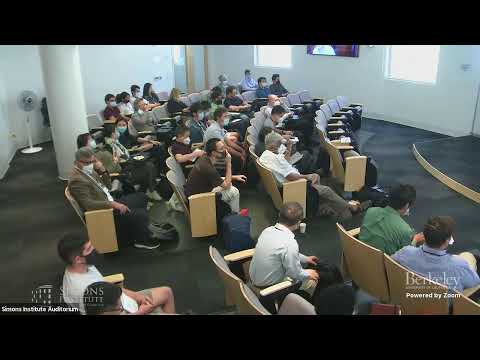Description:
Explore the intricacies of debiasing random forests for treatment effect estimation in this 54-minute lecture by Jasjeet Sekhon from Yale University. Delve into the challenges of estimating conditional average treatment effects (CATE) and the application of random forests in causal estimation. Examine the bias present in random forests and analyze empirical and data-inspired CATE coverage simulations. Investigate resource allocation tradeoffs in election campaign planning and Get Out The Vote (GOTV) experiments. Gain insights into theoretical results and available software for implementing these techniques in the context of big data statistics.

Debiasing Random Forests for Treatment Effect Estimation
Add to list